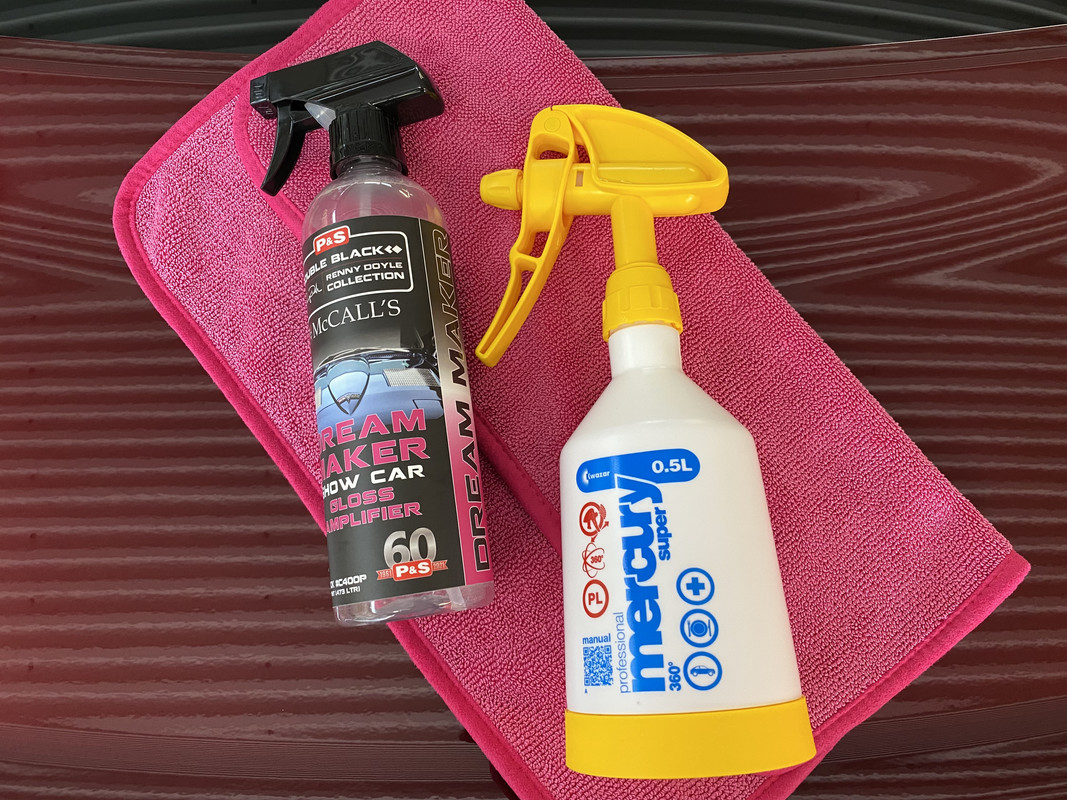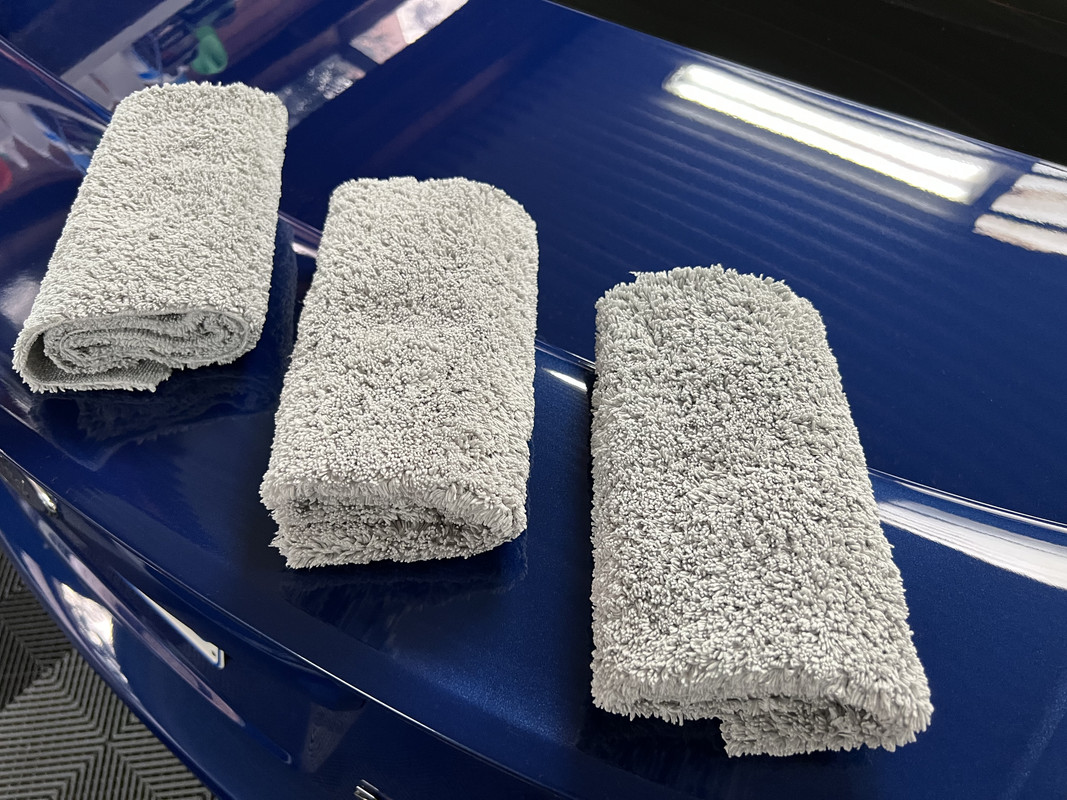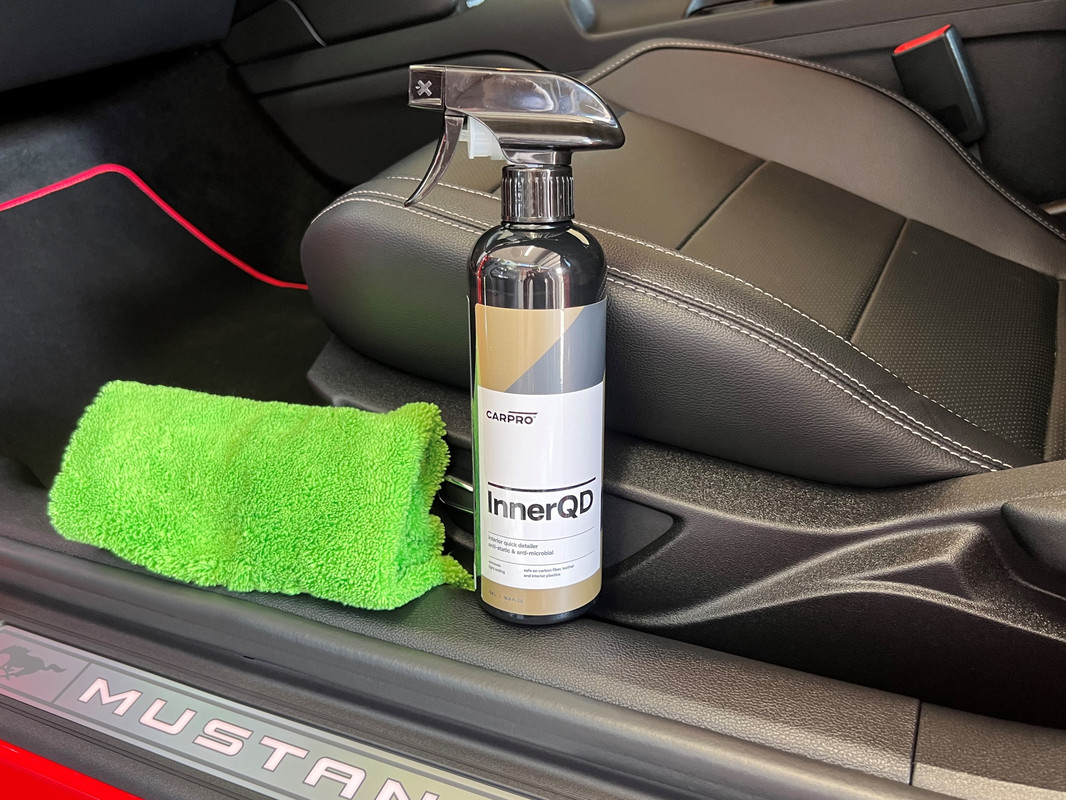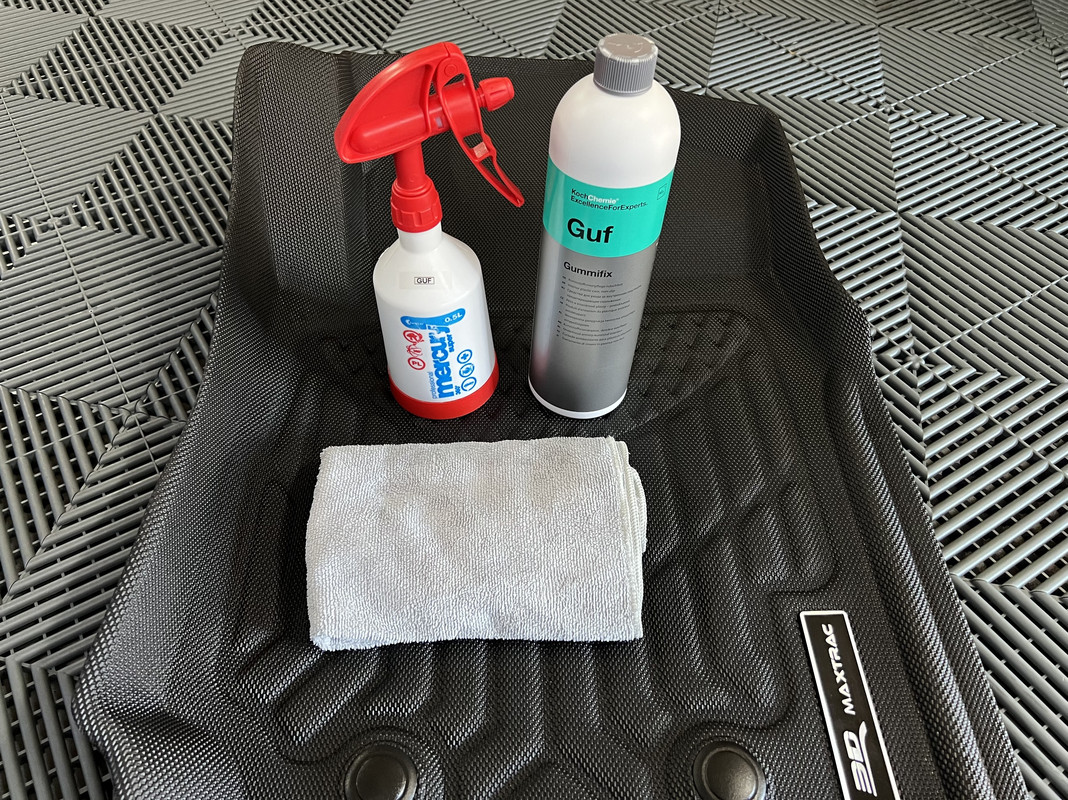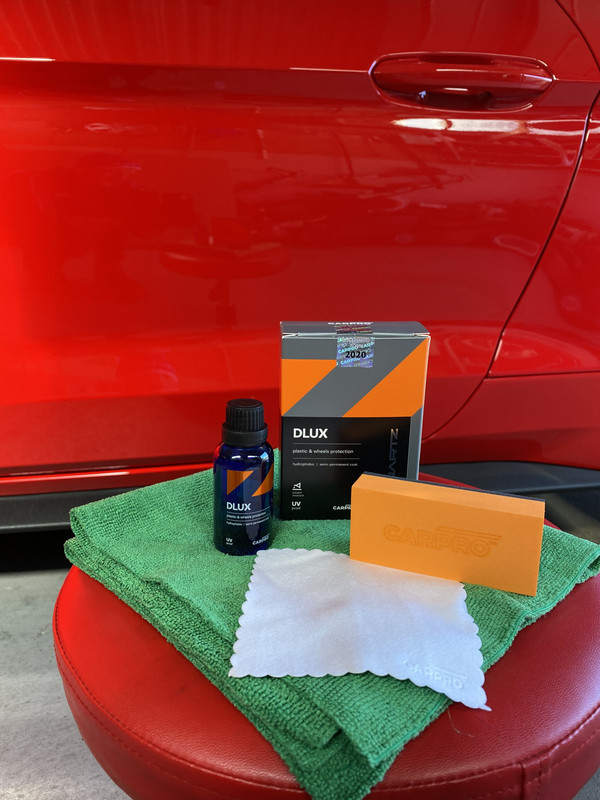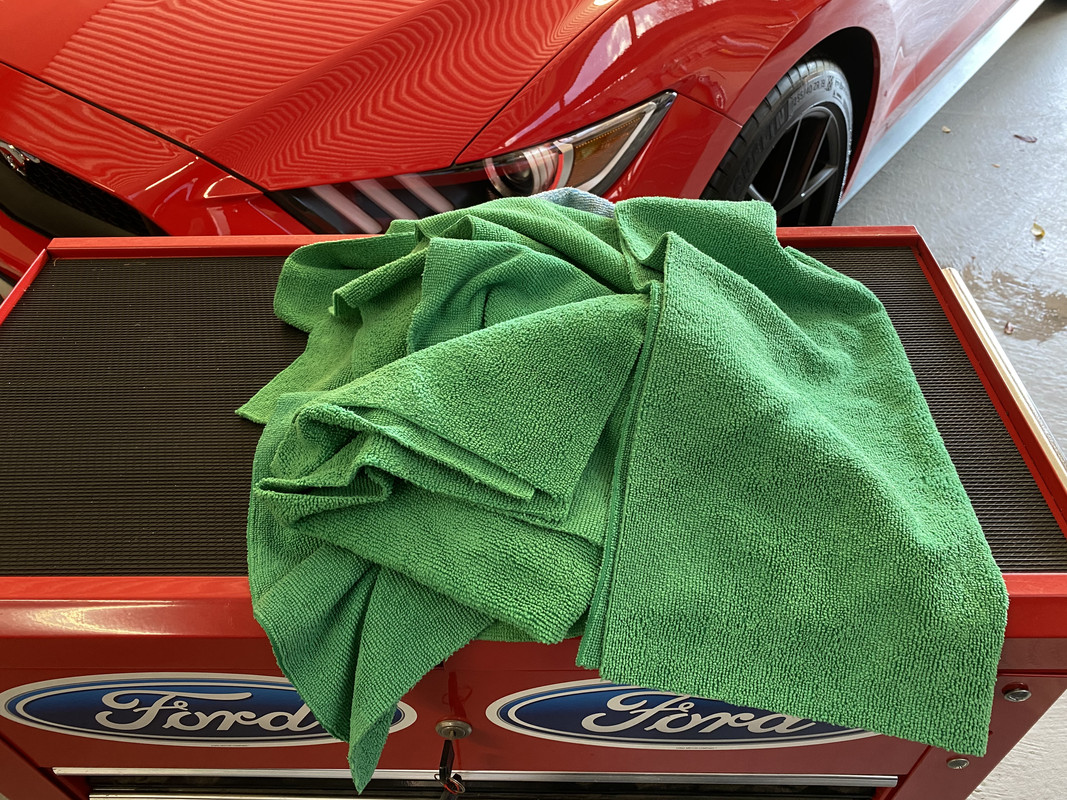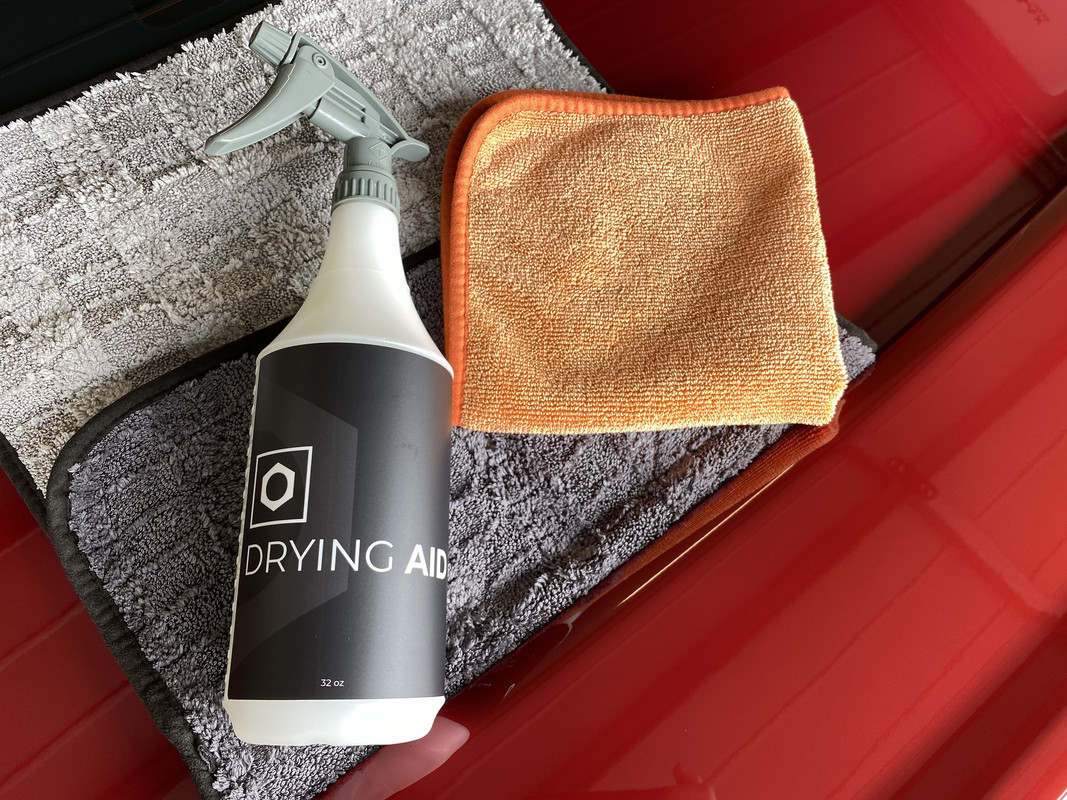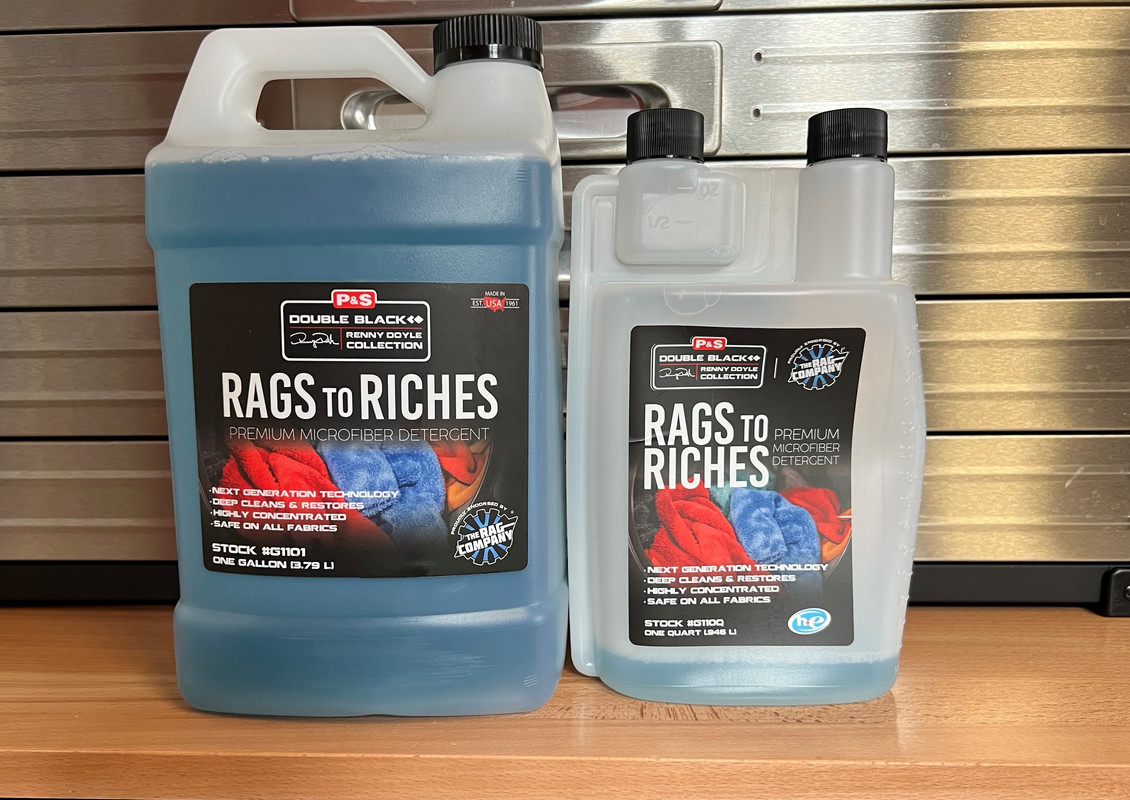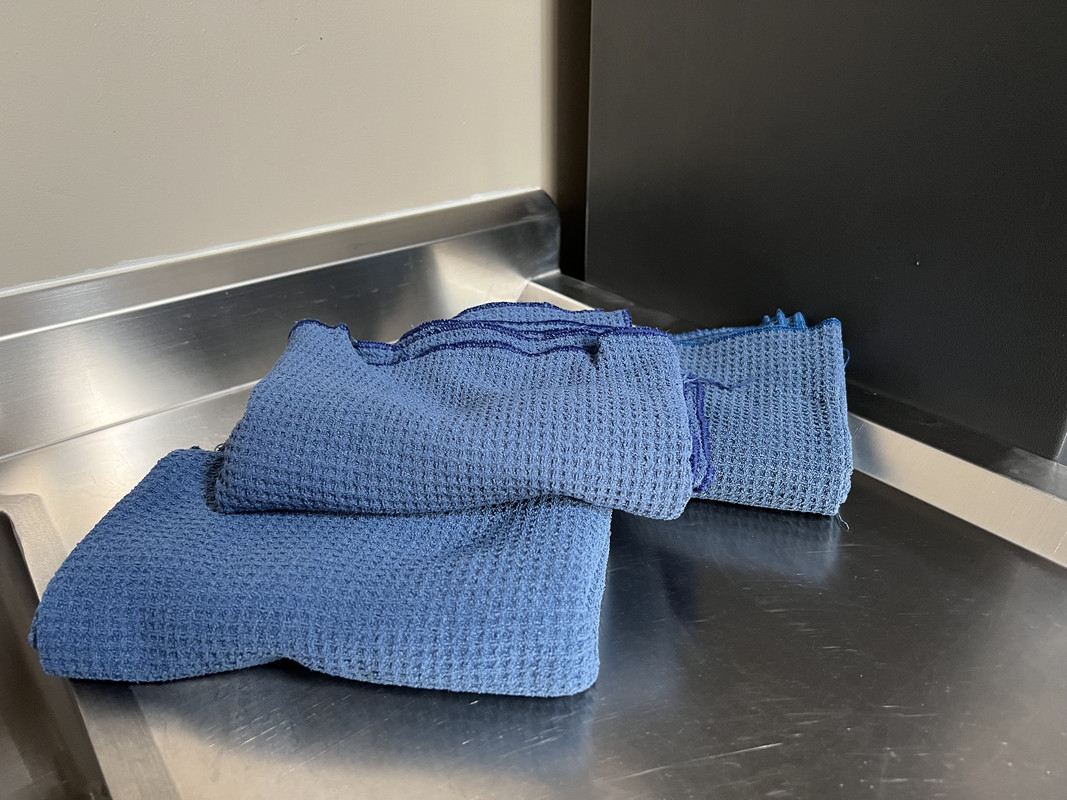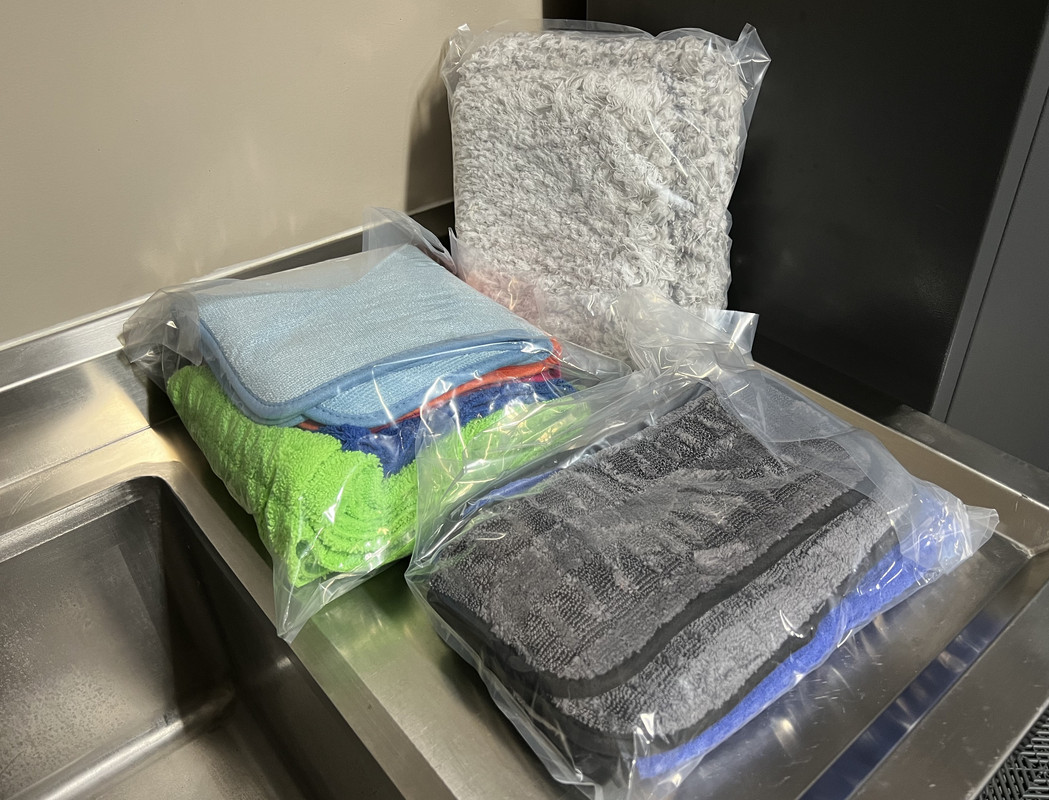DFB
Well-known member
- Aug 12, 2019
- 4,726
- 2,610
Microfiber 101 with DFB
One of the biggest advancements in the detailing world over the last 10 to 15 years has been the massive increase in the towels we use to clean our cars. With so many microfiber towels on the market from a variety of different brands, it can be hard to know what to start, then what to buy.
Knowing which towel to choose for each detailing task is something that takes time to perfect. Choosing a weave type and GSM to suit each task will save you time and improve the finished result. This thread is aimed at those looking to have the right towel for each and every detailing job, allowing you to skip the trial-and-error stage.
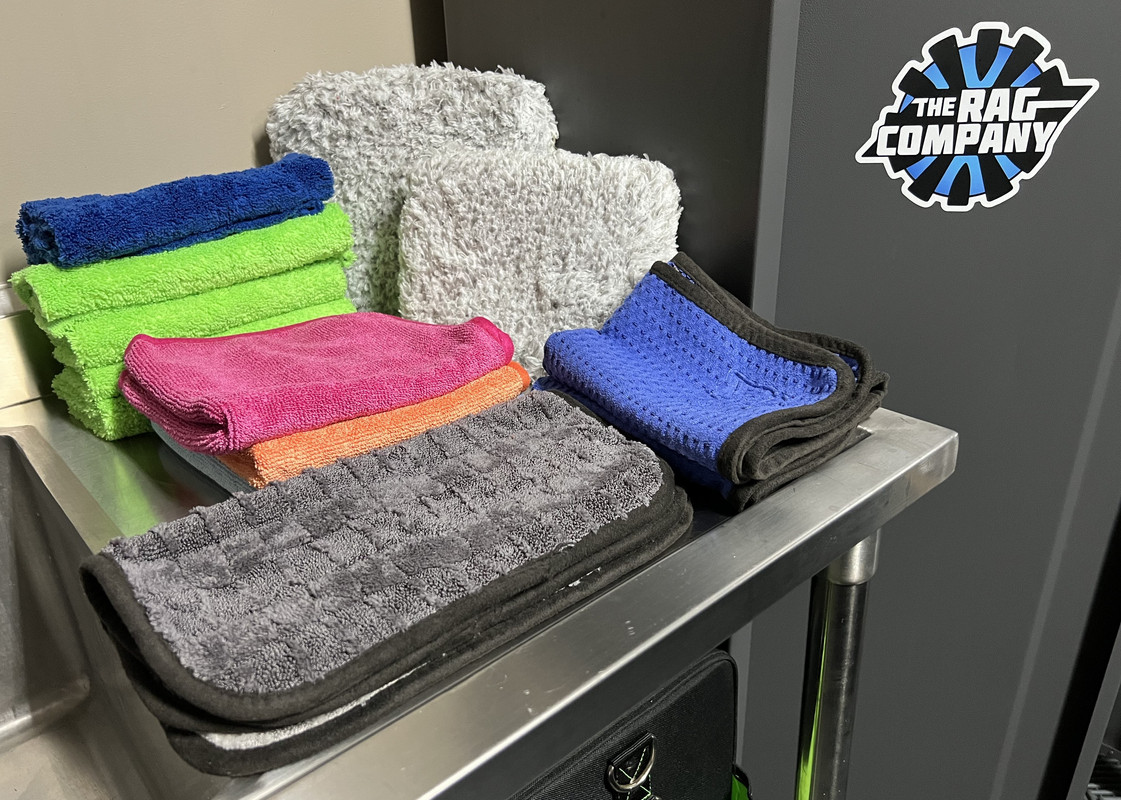
But first, let’s look at the basics, an important factor when choosing towels.
Microfiber 101
What is GSM?
Grams Per Square Meter. This relates to weight or density of the towel fibers, not necessarily the thickness or plushness.
What is the blend?
The blend refers to the ratio of Polyester and Polyamide for each towel. The Polyester provides the cleaning ability, the Polyamide provides softness and absorbency.
What is the weave?
This describes the length (pile) and shape of each individual fiber (weave). Again, different detailing tasks require different pile/weave designs.
Weave types include –
Plush Pile –
These towels have long fibers on both sides, providing a cushion between the towel and the surface by reducing the pressure points of your hand.
Pro’s – Plush towels are usually softest feeling of the bunch and are best for delicate surfaces, like soft paint or piano-black gloss trims.
Con’s – In some cases, the long soft fibers don’t provide sufficient “bite” for cleaning duties. These towels are not always ideal for drying as the fibers can create excessive friction and drag when wet.
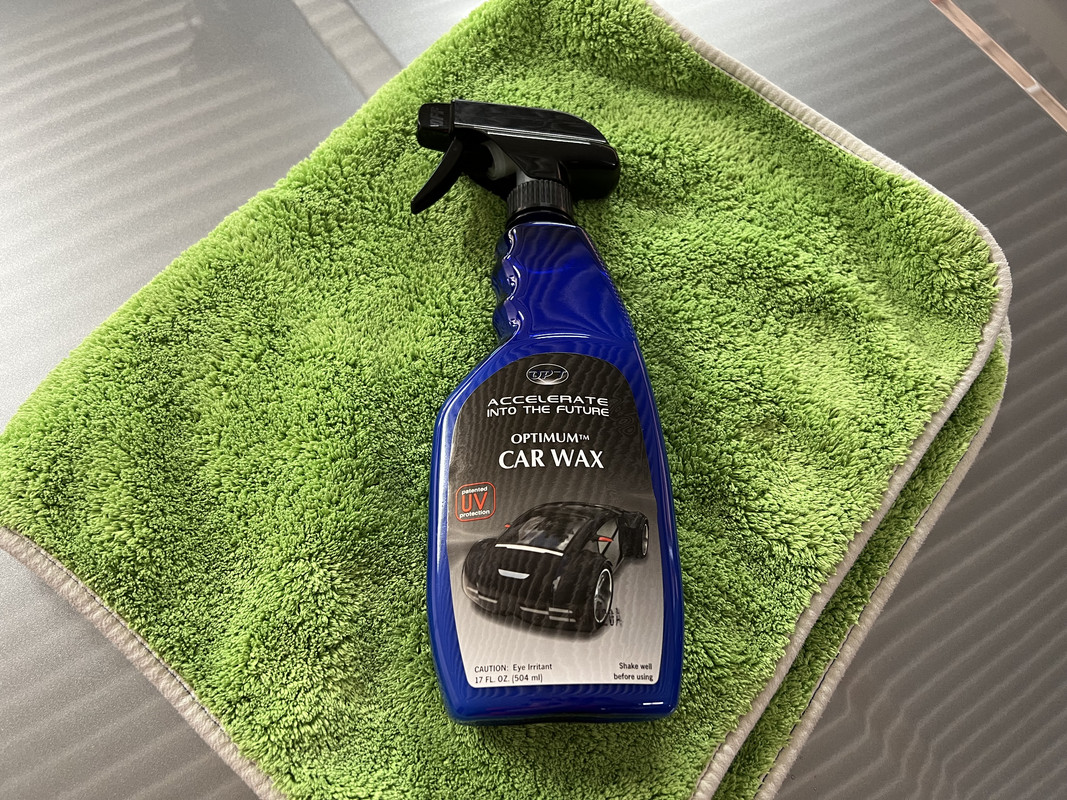
Dual Pile –
As the name suggests, these towels have a low pile on one side and high pile on the other.
Pro’s – Versatile, these towels strike a balance between cleaning ability and softness for delicate surfaces. The plusher side is ideal for spray sealants and polish removal on softer paints. The shorter side suited to heavy compound removal or interior cleaning.
Con’s – Jack of all trades, master of none?

Twist Loop / Twist Pile –
These towels have loops of fiber that are bundled and twisted in a double helix pattern. A twist pile weave increases the surface area of the material, which in turn improves absorbency and smoothness when wet.
Pro’s – High absorbency and reduced friction when wet makes these ideally suited for drying. They are great for glass too due to the density.
Con’s – Grabby when dry and expensive to make/purchase.
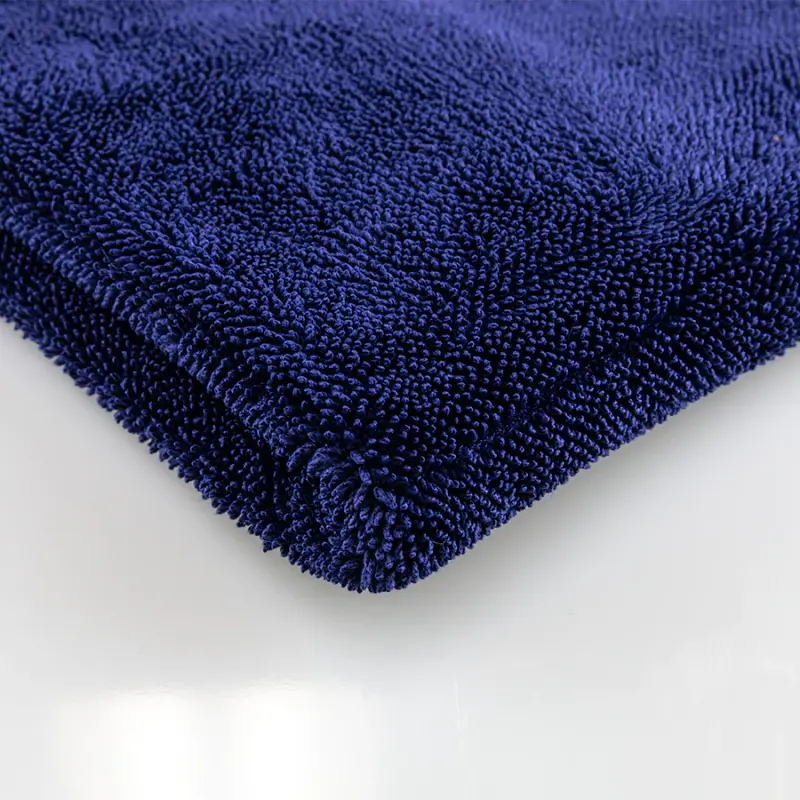
Closed-loop / Pearl-Weave –
Pearl weave towels have a tight weave and a low closed-loop pile.
Pro’s - The low pile makes these great for biting through compound, polish and wax removal. They are also an effective coating removal towel, and can be used for glass cleaning. Softer than Twist Loop.
Con’s – While soft feeling, closed-loop towels tend to be more aggressive than their plush counterparts. More expensive.

Waffle Weave –
Waffle-weave is the original car drying microfiber towel. With no pile, they have a crosshatch pattern of low and high sections, the ridges creating a squeegee effect across the surface. Despite the lack of pile, they are super absorbent.
Pro’s – The waffle weave pattern helps reduce contact with the surface, in effect making it glide with less friction. Ideal for drying or glass cleaning duties. Low/no linting.
Con’s – Not the best for softer paints. More expensive to make/buy.
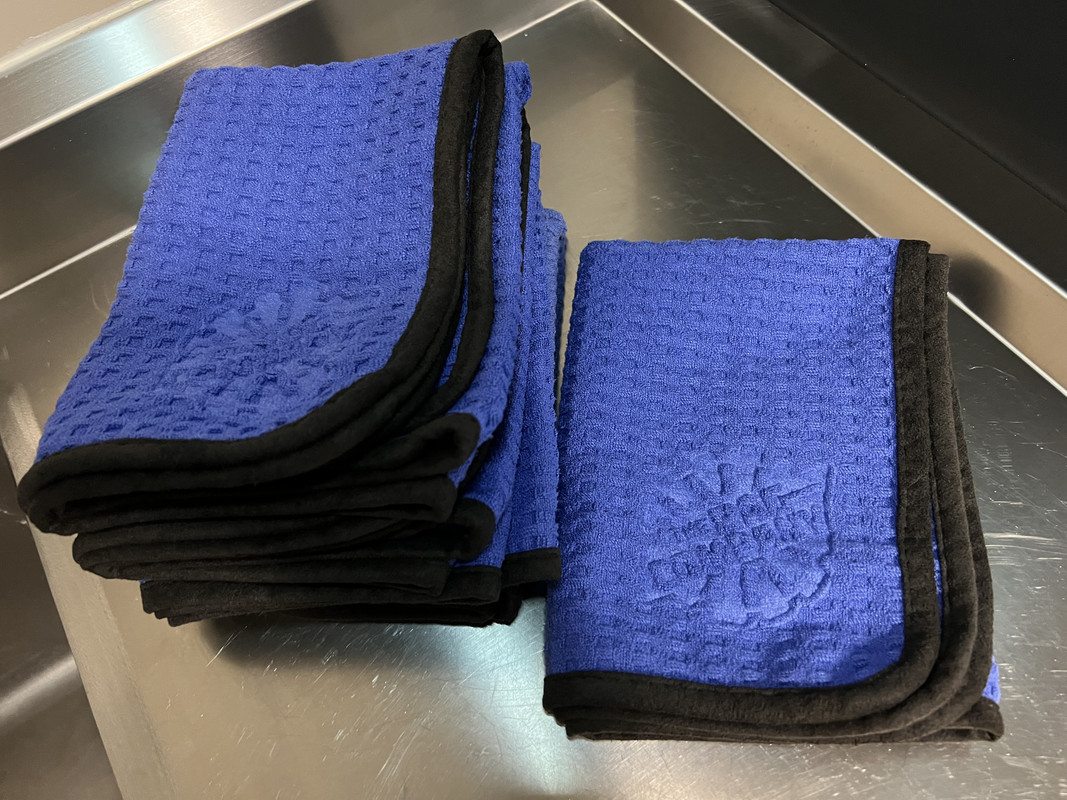
Hybrid Weave –
As the name suggests, these towels combine two different weave types to create a best of both worlds. For example, the TRC Gauntlet combines the high water absorption of a twist-loop towel with the smoothness and lack of grabbiness of a plush weave towel. Or the TRC Platinum Pluffle, which combines the softness of a plush weave with the absorbency of a waffle weave.
Pro's - High water absorption and smoothness across the paint.
Con's - Expensive to make/buy.
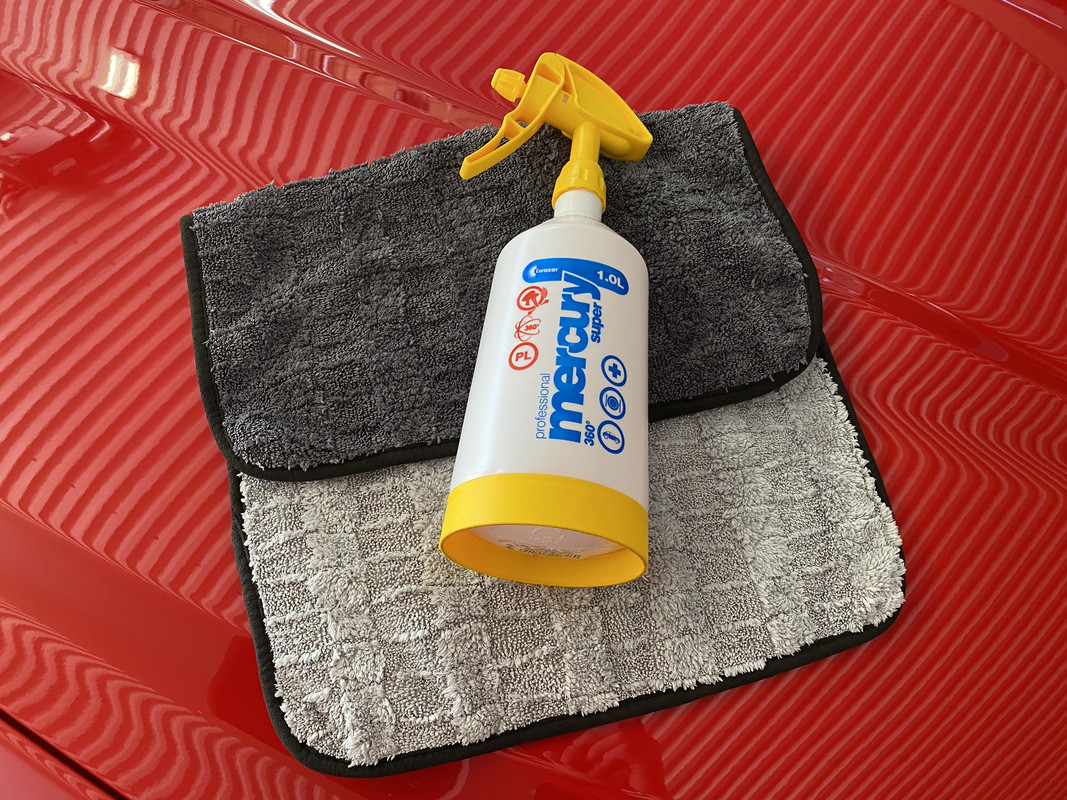
Diamond Weave –
Specifically designed for glass, a diamond pattern towel mimics a waffle weave in having reduced surface area for a smoother, less grabby feel.
Pro’s – Reduced drag and easier wiping across glass. They can also be great on polished metals. Low/no linting.
Con’s – Limited use, lack of versatility.
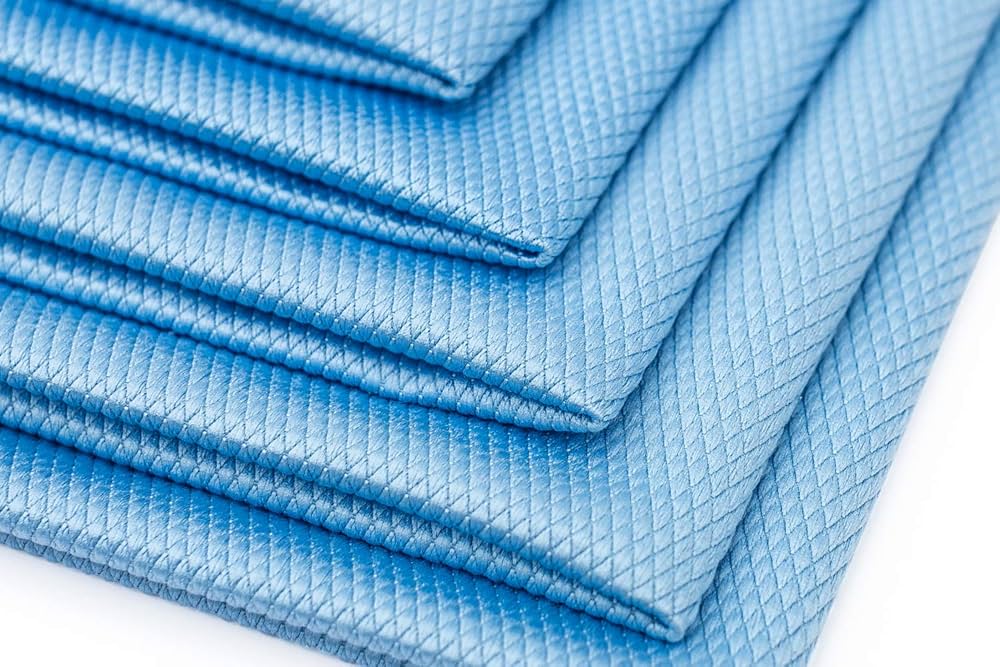
Terry Weave –
The most common and most versatile type of microfiber, terry weave towels are also what most think of when the word “microfiber” is mentioned. Not to be confused with cotton terry towels (remember those?), terry weave towels have open ended fibers that are bundled in small groups. With so many “fingers”, it makes them ideal for cleaning duties. The most common and most identifiable type of microfiber, terry weave are generally low pile towels.
Pro’s – Terry weave towels are cost effective and decently absorbent. They are great for interior cleaning, exterior dirty jobs, metal polishing, coating removal, polish and wax removal. Low linting.
Con’s – Can sometimes mean a cheap and nasty towel, choose wisely.

Suede –
An ultra-low pile with a completely smooth and soft feel, suede towels have minimal use in detailing.
Pro’s – The short pile makes them lint free and ideally suited for cleaning instrument clusters and screens or used to apply ceramic coatings.
Con’s – Limited use.
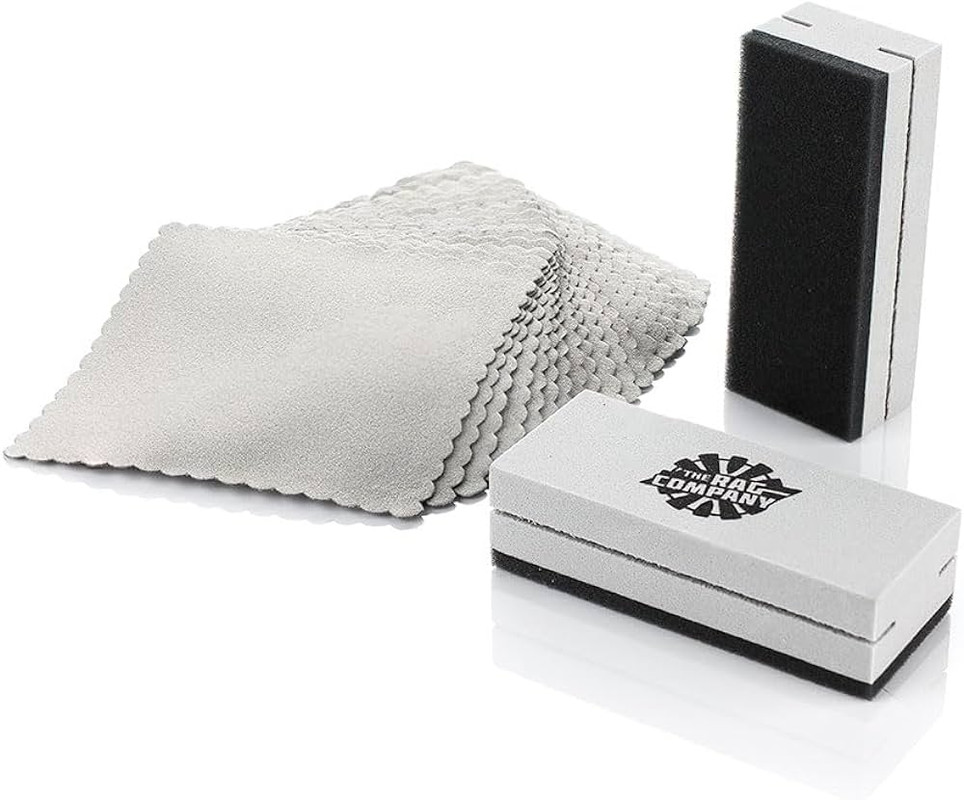
Chenille –
Some like these, some don’t. Chenille is generally used in wash mitts and pads and are recognized by the bundles of microfiber “fingers”. With so many “fingers”, these have a high surface area to improve cleaning efficiency.
Pro’s – Ideally suited to exterior washing of bodywork and wheels. The material used in these wash mitts is highly suited to being fully wet.
Con’s – Some suggestion that they are not as safe as other types of wash media.
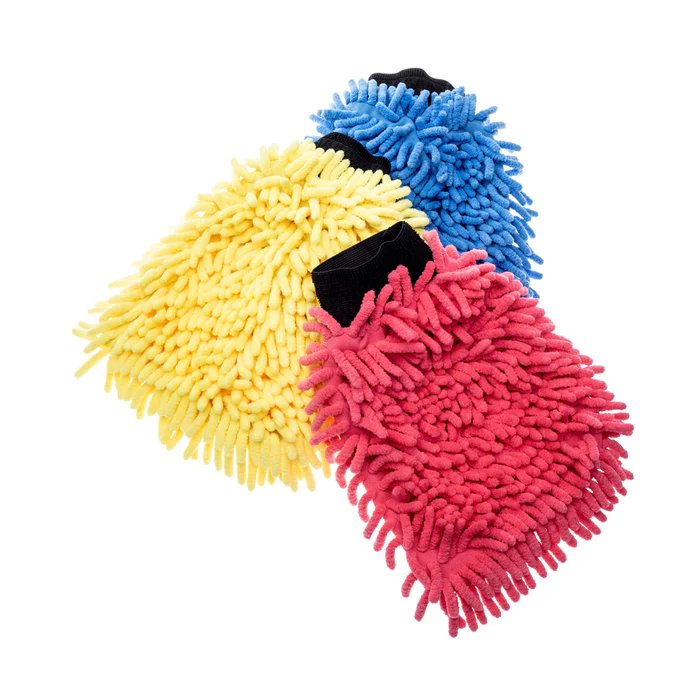
To be continued.......................................
One of the biggest advancements in the detailing world over the last 10 to 15 years has been the massive increase in the towels we use to clean our cars. With so many microfiber towels on the market from a variety of different brands, it can be hard to know what to start, then what to buy.
Knowing which towel to choose for each detailing task is something that takes time to perfect. Choosing a weave type and GSM to suit each task will save you time and improve the finished result. This thread is aimed at those looking to have the right towel for each and every detailing job, allowing you to skip the trial-and-error stage.

But first, let’s look at the basics, an important factor when choosing towels.
Microfiber 101
What is GSM?
Grams Per Square Meter. This relates to weight or density of the towel fibers, not necessarily the thickness or plushness.
What is the blend?
The blend refers to the ratio of Polyester and Polyamide for each towel. The Polyester provides the cleaning ability, the Polyamide provides softness and absorbency.
What is the weave?
This describes the length (pile) and shape of each individual fiber (weave). Again, different detailing tasks require different pile/weave designs.
Weave types include –
Plush Pile –
These towels have long fibers on both sides, providing a cushion between the towel and the surface by reducing the pressure points of your hand.
Pro’s – Plush towels are usually softest feeling of the bunch and are best for delicate surfaces, like soft paint or piano-black gloss trims.
Con’s – In some cases, the long soft fibers don’t provide sufficient “bite” for cleaning duties. These towels are not always ideal for drying as the fibers can create excessive friction and drag when wet.

Dual Pile –
As the name suggests, these towels have a low pile on one side and high pile on the other.
Pro’s – Versatile, these towels strike a balance between cleaning ability and softness for delicate surfaces. The plusher side is ideal for spray sealants and polish removal on softer paints. The shorter side suited to heavy compound removal or interior cleaning.
Con’s – Jack of all trades, master of none?

Twist Loop / Twist Pile –
These towels have loops of fiber that are bundled and twisted in a double helix pattern. A twist pile weave increases the surface area of the material, which in turn improves absorbency and smoothness when wet.
Pro’s – High absorbency and reduced friction when wet makes these ideally suited for drying. They are great for glass too due to the density.
Con’s – Grabby when dry and expensive to make/purchase.

Closed-loop / Pearl-Weave –
Pearl weave towels have a tight weave and a low closed-loop pile.
Pro’s - The low pile makes these great for biting through compound, polish and wax removal. They are also an effective coating removal towel, and can be used for glass cleaning. Softer than Twist Loop.
Con’s – While soft feeling, closed-loop towels tend to be more aggressive than their plush counterparts. More expensive.

Waffle Weave –
Waffle-weave is the original car drying microfiber towel. With no pile, they have a crosshatch pattern of low and high sections, the ridges creating a squeegee effect across the surface. Despite the lack of pile, they are super absorbent.
Pro’s – The waffle weave pattern helps reduce contact with the surface, in effect making it glide with less friction. Ideal for drying or glass cleaning duties. Low/no linting.
Con’s – Not the best for softer paints. More expensive to make/buy.

Hybrid Weave –
As the name suggests, these towels combine two different weave types to create a best of both worlds. For example, the TRC Gauntlet combines the high water absorption of a twist-loop towel with the smoothness and lack of grabbiness of a plush weave towel. Or the TRC Platinum Pluffle, which combines the softness of a plush weave with the absorbency of a waffle weave.
Pro's - High water absorption and smoothness across the paint.
Con's - Expensive to make/buy.

Diamond Weave –
Specifically designed for glass, a diamond pattern towel mimics a waffle weave in having reduced surface area for a smoother, less grabby feel.
Pro’s – Reduced drag and easier wiping across glass. They can also be great on polished metals. Low/no linting.
Con’s – Limited use, lack of versatility.

Terry Weave –
The most common and most versatile type of microfiber, terry weave towels are also what most think of when the word “microfiber” is mentioned. Not to be confused with cotton terry towels (remember those?), terry weave towels have open ended fibers that are bundled in small groups. With so many “fingers”, it makes them ideal for cleaning duties. The most common and most identifiable type of microfiber, terry weave are generally low pile towels.
Pro’s – Terry weave towels are cost effective and decently absorbent. They are great for interior cleaning, exterior dirty jobs, metal polishing, coating removal, polish and wax removal. Low linting.
Con’s – Can sometimes mean a cheap and nasty towel, choose wisely.

Suede –
An ultra-low pile with a completely smooth and soft feel, suede towels have minimal use in detailing.
Pro’s – The short pile makes them lint free and ideally suited for cleaning instrument clusters and screens or used to apply ceramic coatings.
Con’s – Limited use.

Chenille –
Some like these, some don’t. Chenille is generally used in wash mitts and pads and are recognized by the bundles of microfiber “fingers”. With so many “fingers”, these have a high surface area to improve cleaning efficiency.
Pro’s – Ideally suited to exterior washing of bodywork and wheels. The material used in these wash mitts is highly suited to being fully wet.
Con’s – Some suggestion that they are not as safe as other types of wash media.

To be continued.......................................






